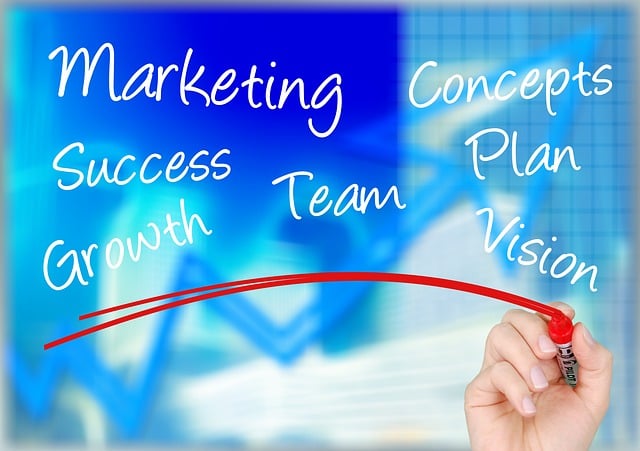AI audits are revolutionizing safety compliance for industries subject to OSHA regulations, such as manufacturing and healthcare, by automating the process through machine learning algorithms. These systems analyze vast datasets to identify deviations, predict maintenance needs, and provide insights into protocol effectiveness. Automating AI audit processes offers significant advantages like streamlined workflows, reduced errors, and enhanced data accuracy, enabling quick corrective actions and fostering a robust safety culture. However, challenges such as data privacy concerns and complex regulatory interpretations require careful consideration for reliable and effective AI OSHA safety compliance automation.
In the rapidly evolving landscape of technology, AI audits are emerging as a game-changer in ensuring AI systems comply with regulatory standards and maintain optimal safety procedures. This article delves into the world of AI audits, focusing on their critical role in enhancing OSHA (Occupational Safety and Health Administration) safety compliance through automation. We explore the benefits and challenges associated with implementing AI audit processes, providing insights for organizations navigating this new frontier of compliance.
- Understanding AI Audits: A New Frontier for Compliance
- The Role of AI in Streamlining OSHA Safety Procedures
- Benefits and Challenges: Automating AI Audit Processes
Understanding AI Audits: A New Frontier for Compliance

AI audits are transforming how organizations ensure compliance with safety regulations, particularly in industries like manufacturing and healthcare where OSHA (Occupational Safety and Health Administration) standards apply. By automating the auditing process, AI can identify deviations from established procedures far faster and more accurately than human inspectors. This capability is especially valuable in dynamic environments where real-time monitoring is crucial for worker safety.
Through machine learning algorithms, AI systems can analyze vast amounts of data, detect anomalies, and flag potential hazards. For example, AI can monitor equipment performance to predict maintenance needs, ensuring that critical machinery remains in safe operating condition. Moreover, AI audits can enhance compliance by providing detailed insights into the effectiveness of safety protocols, enabling businesses to implement targeted improvements and stay ahead of regulatory requirements.
The Role of AI in Streamlining OSHA Safety Procedures

Artificial Intelligence (AI) is revolutionizing workplace safety by enhancing OSHA’s (Occupational Safety and Health Administration) safety procedures through automation. AI algorithms can sift through vast datasets to identify patterns and potential hazards, enabling proactive measures that go beyond traditional reactive compliance checks. By automating routine inspections, data analysis, and risk assessment, AI frees up human resources to focus on more complex tasks, ensuring a safer work environment.
OSHA can leverage machine learning models to predict potential violations, allowing them to proactively reach out to businesses for preventative discussions. This approach not only improves safety but also streamlines compliance processes, reducing the administrative burden on both employers and regulators. AI’s ability to learn and adapt ensures that safety protocols remain up-to-date with evolving industry standards and best practices.
Benefits and Challenges: Automating AI Audit Processes

Automating AI audit processes offers significant benefits for ensuring AI OSHA safety compliance. By leveraging advanced technologies, organizations can streamline their audit workflows, reduce manual errors, and enhance data accuracy. Automated systems can efficiently review vast amounts of data, including training records, incident reports, and system logs, to identify potential non-compliance issues in real-time. This proactive approach enables swift corrective actions and helps maintain a robust safety culture.
However, challenges accompany the automation of AI audit processes. Data privacy and security concerns need careful consideration, especially when handling sensitive employee information. Additionally, ensuring that automated systems accurately interpret complex regulatory requirements and contextual nuances can be demanding. Proper testing, validation, and ongoing maintenance are crucial to address these challenges and guarantee the reliability and effectiveness of automated AI audits in upholding OSHA safety standards.
AI audits are transforming how we ensure AI systems adhere to regulatory standards, particularly in critical areas like OSHA safety procedures. By automating the audit process, organizations can enhance efficiency, identify potential risks faster, and maintain compliance more effectively. While challenges exist, especially regarding data privacy and interpretability, leveraging AI’s capabilities in auditing paves the way for a safer, more compliant future, ensuring that technological advancements serve to protect workers and the public.
